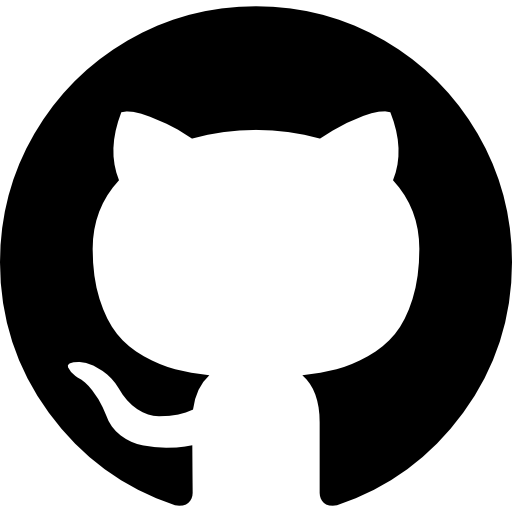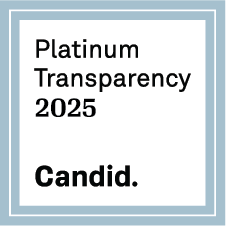LEGIT Completes Field Mapping in Three Cities in Liberia
Posted by David Luswata • Aug. 7, 2017

As part of the Local Empowerment for Government Inclusion and Transparency (or LEGIT) project, funded by USAID, HOT and DAI teamed up to map the official urban and rural areas (eight-miles radius from city centre) of Zwedru, Ganta, and Gbarnga cities. The mapping will help facilitate the decentralization process in Liberia. HOT has collaborated with representatives from Civil Society Organizations (CSOs), Community-Based Organizations (CBOs) and City Corporations to map amenities, buildings, and services, such as water points and health facilities. With the completion of Ganta and Gbarnga in July, the field mapping phase of the LEGIT project has concluded.
 \
Ganta City
\
Ganta City
Ganta, which is interchangeably called Gompa meaning “Man’s home” in the Mano dialect, is the fastest growing and second largest city in Liberia (after Monrovia) owing to economic activities and its closeness to the Guinea and Côte d’Ivoire borders. As such, volunteers had more commercial buildings and services to map compared to Zwedru.
Prior to the mapping exercise, the Gompa City Corporation did not have up-to-date and properly scaled maps. In 2016, volunteer field mapping was conducted in Ganta as part of the American Red Cross West Africa Mapping Project aimed at filling the information gaps that made it difficult to fight Ebola during the 2014-2015 outbreak in the region. The LEGIT mapping process reinforces these efforts by providing even more detail of Ganta on OSM.
During the LEGIT mapping process, representatives from the City Corporation, CSOs, and CBOs were enthusiastic about being part of a process to map their city and communities. The Administrative Assistant of the Gompa City Corporation noted; “We are very happy to be part of history making by mapping this great city of Gompa.”

A mapping team strategies on how to map their task for the day
Following up the mobile data collection and mapping training, our volunteers were motivated to map the city and its surrounding villages within the eight-miles radius. With a passionate spirit and “we’ve got to map our city” attitude of our volunteers, we were able to cover a lot of ground in a short period of time. Despite the dense urban area, the mapping process in Ganta was completed in time, allowing volunteers time to participate in data cleaning and upload, as well as installing mapping tools into their personal phones. We were also able to conduct a short presentation on the iD editor with some training materials given out for study purposes.

Volunteers participate in field data cleaning before upload to OSM.
Street names are still not clearly defined in Gompa City. The problem being that the names used to name streets were not known to the city inhabitants, and therefore they did not use them. This was evidenced in the surveyor’s map from 1979 that was discovered in the possession of a local drafter. Upon close examination, the map was found to be largely inaccurate to the ground reality of present-day streets layouts, and names did not reflect current use. However, this map did provide interesting insight on how Ganta developed after the civil wars disrupted organized city planning. In response to HOT’s mapping efforts, the City Corporation and the councilmen are currently going through the process of assigning proper names to the streets, with justification for proper identification.

One of the streets in Gompa City
Gbarnga
Gbarnga was the last of the three cities to map in Liberia with DAI for the LEGIT Project. Gbarnga is the capital city of Bong County, Liberia, northeast of Monrovia. Despite the onset of the rainy season, volunteers were able to map the entire eight-mile radius of Gbarnga City. Volunteers walked through forests, wetlands, crossing rivers and creeks and even forging their own paths through the forest to get to these villages.

Photo credit: James Blamo, @jamesblamo1
In Gbarnga City, as with other parts of Liberia, there are still villages that are not accessible by road. Many of these villages are blocked by rivers and creeks that get very flooded during rainy seasons. This situation makes it difficult for rural inhabitants to access basic medical care and markets for their agricultural products. On occasion, teams needed the help of community members to cross these flooded waterways - not using keno or boat, but rather, on pieces of log woods tied together. It was a difficult task mapping the rural reaches of Gbarnga City, but our strong volunteers made it to map those rural villages successfully.
The importance of mapping was highlighted and appreciated during meetings with security agencies such as the Regional Police Hub, Prison Compound and Camp Tubman Military Barracks in Gbarnga City. While meeting with the HOT team, Barracks Commander Col. David Cooper requested the HOT team to present the importance of the mapping exercise and the possibilities of mapping to families living in Camp Tubman Army Barracks. With over a hundred army officers in attendance, Country Manager David Luswata conducted a brief presentation on the background of the LEGIT project and the importance of mapping in peacekeeping and the ongoing reconciliation efforts in Liberia between different groups of society. At the end of the training, Col. Cooper appreciated the efforts of the HOT team and asked that such partnership continues.

USAID Director of Democracy and Governance Office, Jeremy Meadows, observes LEGIT field mapping.
During the mapping process, Jeremy Meadows, USAID Director of Democracy and Governance Office, visited the teams in Gbarnga to learn more about how the process was being conducted, how the volunteers were performing, and how the mapping will help the city and country at large. The guest received a short overview of the project and its activities from LEGIT and the HOT team, heading to the field for a practical experience with the volunteers. In the field, the volunteers demonstrated field data collection with smartphones using different mapping tools on including Open Data Kit (ODK), OpenMapKit (OMK), and OSMAnd. Concluding the demonstration, Jeremy Meadows expressed appreciation to the HOT team, LEGIT, and the volunteers for their efforts in building up a new Liberia through the creation of a new and accurate map for the country. \
Next Steps for LEGIT
In the next few weeks, the HOT team will be working on data cleaning and uploading to OSM. After data cleaning and upload, the second phase of the project will focus on creating maps in QGIS with OSM data for stakeholders to use in development and planning. In the coming months, the HOT team will also provide QGIS and mapping training sessions for volunteers and stakeholders in the three project cities. Additionally, HOT will continue building the capacity of local stakeholders, CBOs, CSOs, OSM Liberia/Youth Mappers chapters and higher education institutions in Liberia to continue putting the country on the map.
The HOT team appreciates the support of our volunteers and tireless efforts of DAI-LEGIT for helping to put Zwedru, Ganta, and Gbarnga on the map. With such a strong team of mappers in these three cities, we are excited to see the OSM community grow in Liberia!
This update was written by Emmanuel Greene and Koakun Emmanuel Myers, Project Mapping Supervisors.







